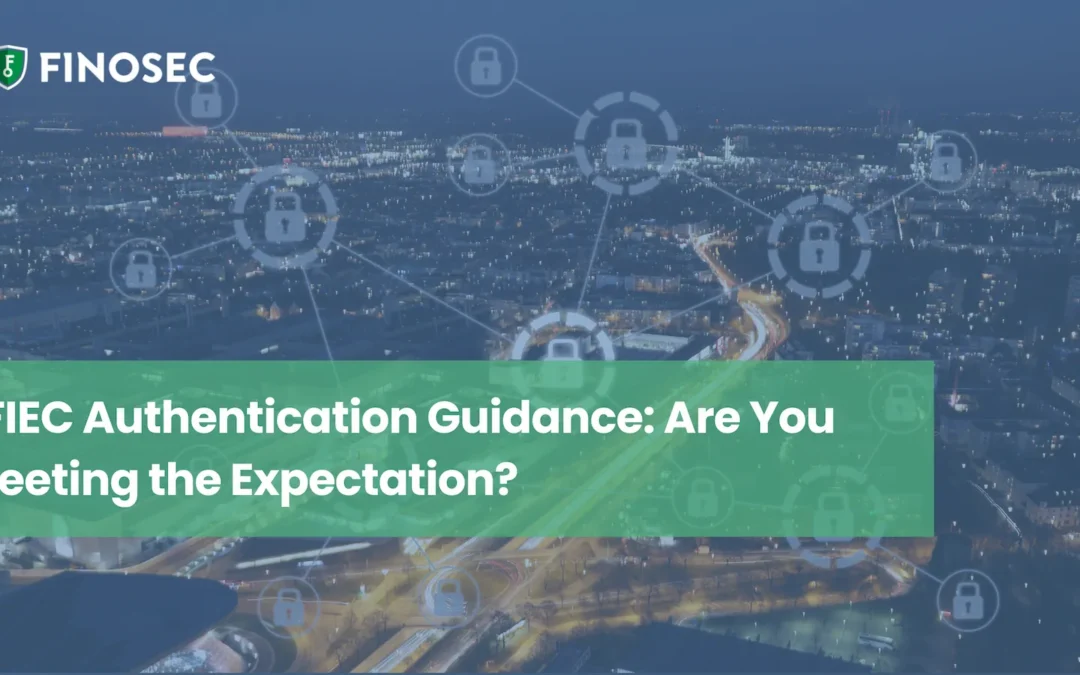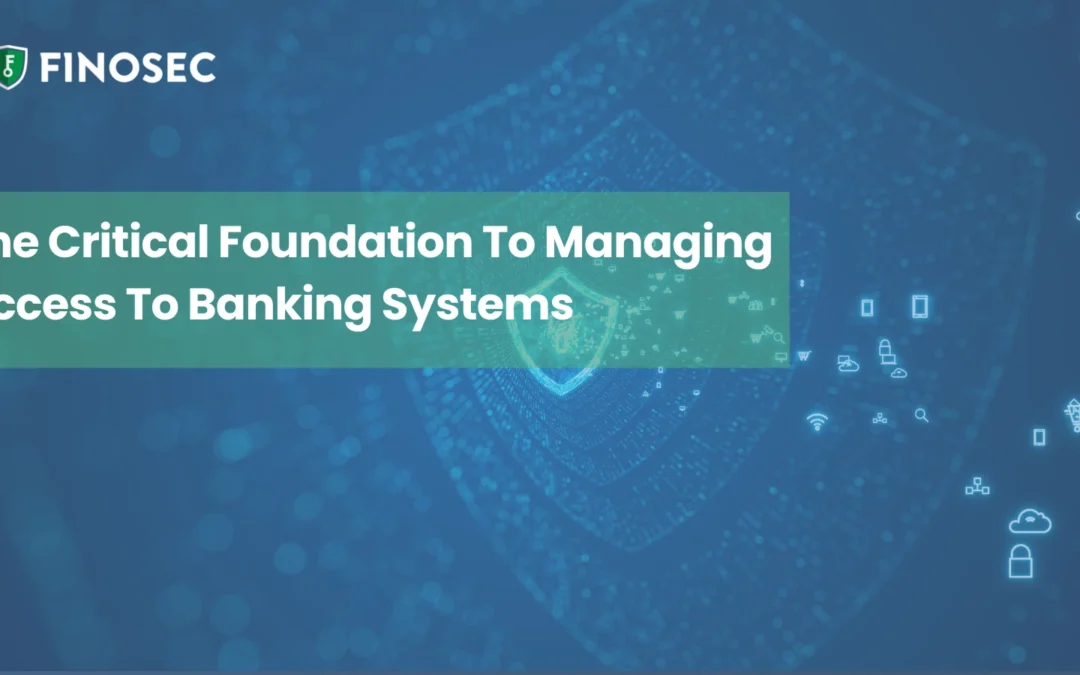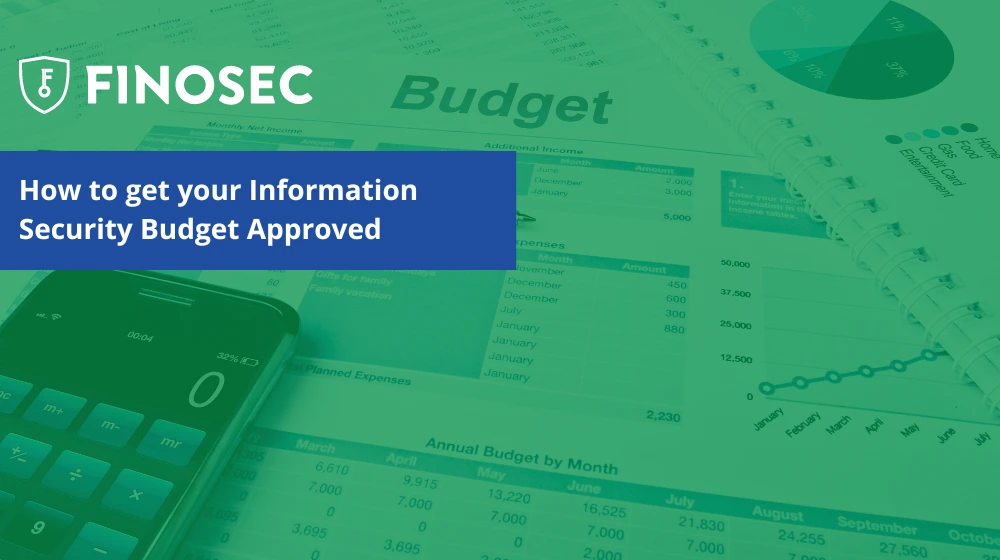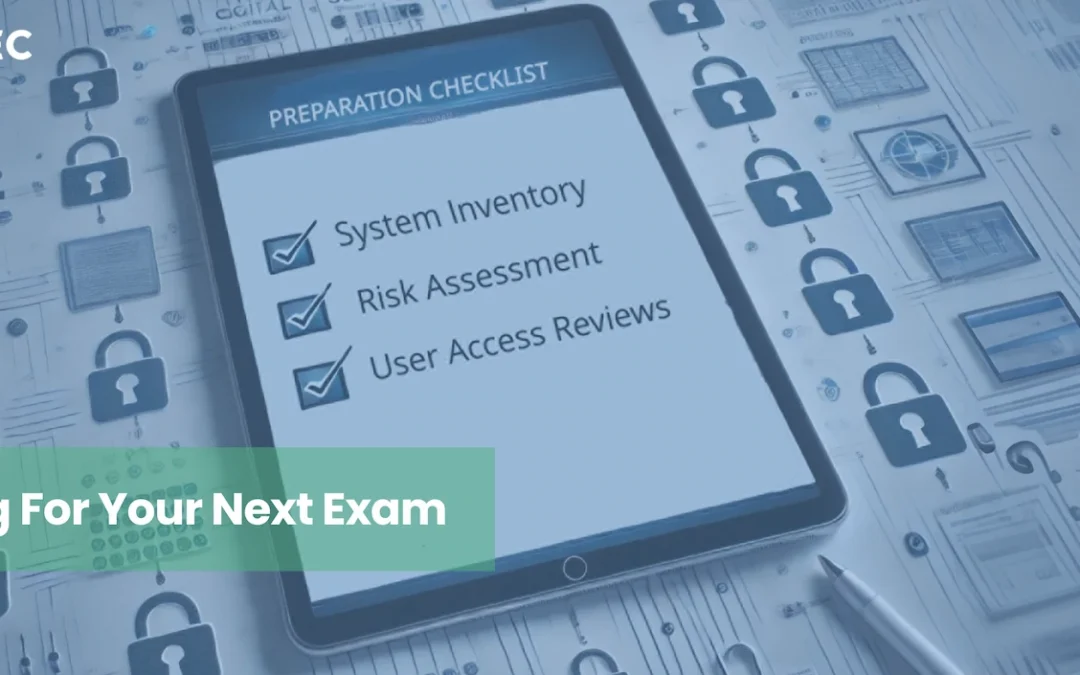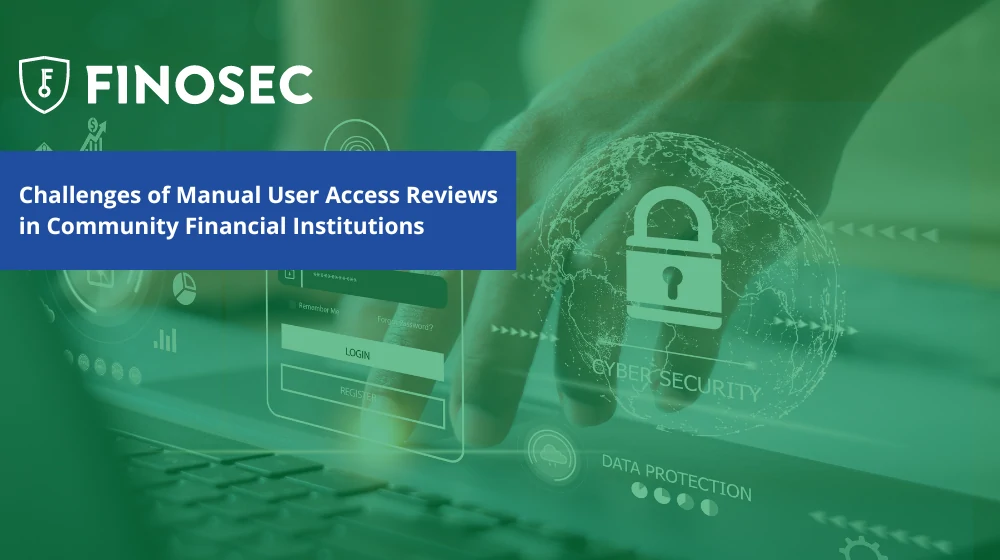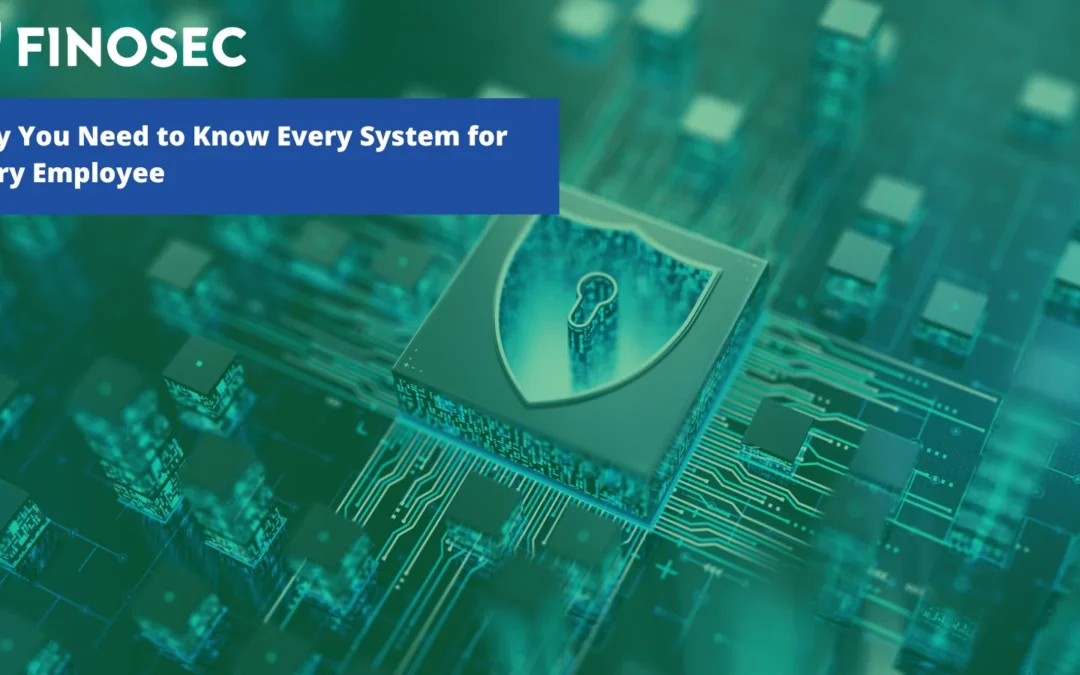Earlier we discussed the frequency of user access reviews and how often they should be completed. You can read that blog here. It seems that there is a direct correlation between user access review frequency and the difficulties associated with those reviews. A highly manual process will inherently prohibit increased frequency due to increased time requirements. President and CEO Zach Duke talks about the challenges these reviews pose to you and/or your staff, and some next steps on how to make that process a little simpler. Take a couple minutes to watch the video below.
It seems obvious that you will see an increase in frequency and efficiency by decreasing the time associated with completing a user access review. But that is often easier said than done. A vital question you must ask yourself as you conduct these reviews is: how do you validate access to these high risk functions? By using this as the starting point, locating efficiencies can move outward from this question. This will determine how much time it takes to complete the review as well as how manual the process is. Complexity is intrinsically wrapped up in the aforementioned validation, and simplification will have a compounding effect on your processes. Printing off pages and pages of documents to be reviewed with a highlighter is a highly manual process that lends itself to unrealistic time expectations and a higher possibility of mistakes and oversights. But it doesn’t have to be that way. There is a system that can automatically provide documentation and reporting that shows you the changes that have taken place since your last review. Because of the automation and decreased complexity, this also frees up your time to complete these reviews more frequently and, in turn, increase the cybersecurity strength of your institution.
We appreciate your feedback in our last survey surrounding user access reviews! We will be releasing another survey after Thanksgiving, so be sure to sign up for Finosec Academy and keep an eye out for its release. We hope to see you there!
